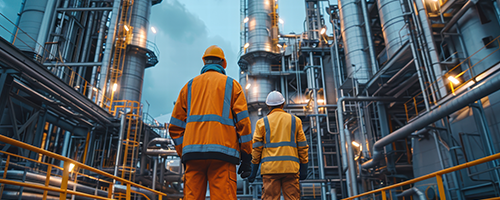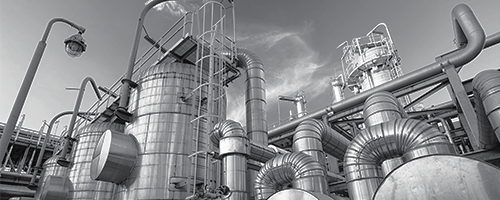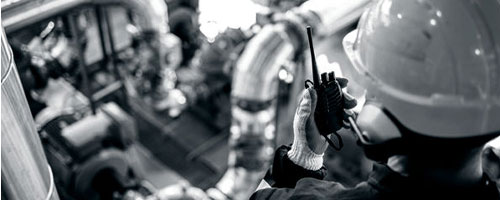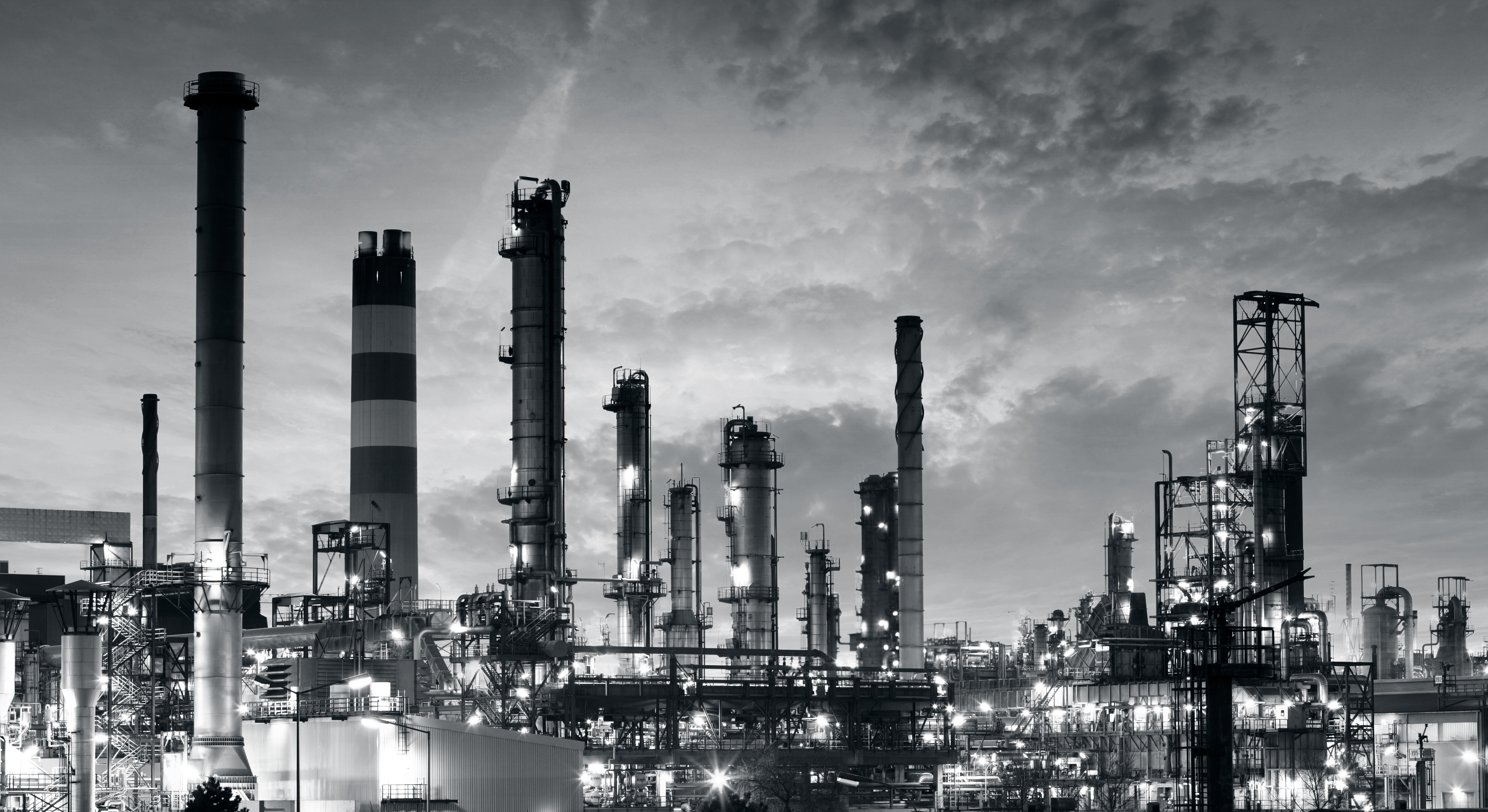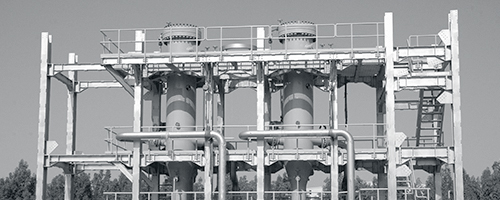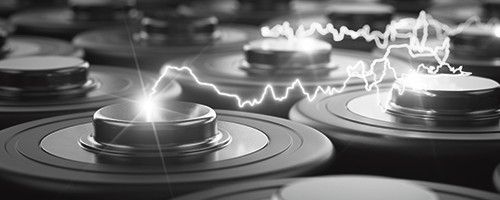
Cathode Active Material (CAM) Precursors: Driving Electric Vehicle’s Forward with Pall Filtration
February, 2024
Electrical vehicle (EV) production, driven by the Lithium-Ion battery, is forecasted to increase over 5X the 2022 levels by 2030 and eclipse conventional combustion engine vehicle manufacturing becoming the dominant form of transportation*.
Lithium-Ion batteries technology faces many challenges to achieve a long range of operation, battery life and operational sustainability. The purity of the materials used to make these batteries including the CAM precursors, can strongly affect the battery performance. That is why filtration in CAM manufacturing process is crucial. The main components of Li-ion batteries are the cathode, anode, electrolyte, and separator.
What is Cathode Active Materials?
Cathode Active Materials (CAMs) are crucial components in the cathode of a battery, particularly in lithium-ion batteries. These materials undergo electrochemical reactions that enable the storage and release of electrical energy. The choice of cathode active materials significantly impacts the battery's performance, energy density, cycle life, and safety.
What materials are used in cathodes of a li-ion batteries?
The Cathode in a Lithium-Ion battery is made up of slurry of particles that includes CAM solid particles, a binder (typically PVDF) and a conductive material (typically graphene). The CAM particles are an oxide that contains mixed metals (Nickel, Manganese, and Cobalt for NMC type) and Lithium. Iron, Phosphate and Aluminium are used in other types of Lithium-Ion batteries.
CAM Precursor:
The term "CAM precursor" typically refers to a precursor or a base material used in the synthesis or manufacturing of Cathode Active Materials (CAMs) for rechargeable Lithium-Ion batteries. The precursors for the NMC type Lithium-Ion Battery are made of mixed metal oxides of Nickel, Manganese and Cobalt. The CAM precursors are made from the mixed metal sulfates that are first converted to hydroxides and then heated to form oxides. CAM precursors are then mixed with Lithium Hydroxide or Lithium Carbonate and further heated to form the mixed metal-Lithium oxide which forms the cathode active material.
Recycled content in cathode materials
The incorporation of recycled content in cathode materials is an emerging area of interest in battery technology, driven by the goals of sustainability, cost reduction, and resource conservation.
Challenges in Cathode Active Material Manufacturing:
To produce high-energy cathode active material for EV batteries, strict purity specifications are required for the CAM precursors.
Requirement of stringent purity:
The CAM manufacturing process involves several steps where metal sulfates are converted to hydroxides precipitated as of solids out of solution, and then filtered, rinsed, and mixed with Lithium Hydroxide before reacting with Oxygen at high temperatures to form the CAM product. There are several critical purification stages needed to make CAM materials that meet the required stringent purity specifications including: separation of particulate contaminants from the metal sulfate solutions and the Sodium Hydroxide / Ammonia reagents, Collection of the CAM precursor solids from solution, and purification of the various gasses used including Oxygen. Nitrogen and Carbon free air.
To make batteries for electric vehicles, high efficiency and absolute rated filters are recommended in the production process. These filters ensure the cathode materials are pure and consistent, meeting the requirements of EV battery manufacturers.
Pall Filtration Solution for Cathode Active Material Manufacturers:
The filtration and separation solutions provided were mainly driven by two factors: the operating conditions of the different processing lines and the micron rating required to achieve the right degree of purity, considering the very narrow size distribution of the active material. Depending on the processing line, single or multi-element and simplex or duplex stainless-steel vessels were selected to ensure the best filtration performance while minimizing the total cost of ownership.
For more details visit Filtration solutions in manufacturing Cathode Active Material
* Bloomberg New Energy Finance, “Electric Vehicle Outlook 2020,” BloombergNEF, New York, 2020 https://about.bnef.com/electric-vehicle-outlook/
Subscribe to our blog to stay up-to-date on the latest insights and trends
- Category
- Author
- Sort By
- 1





